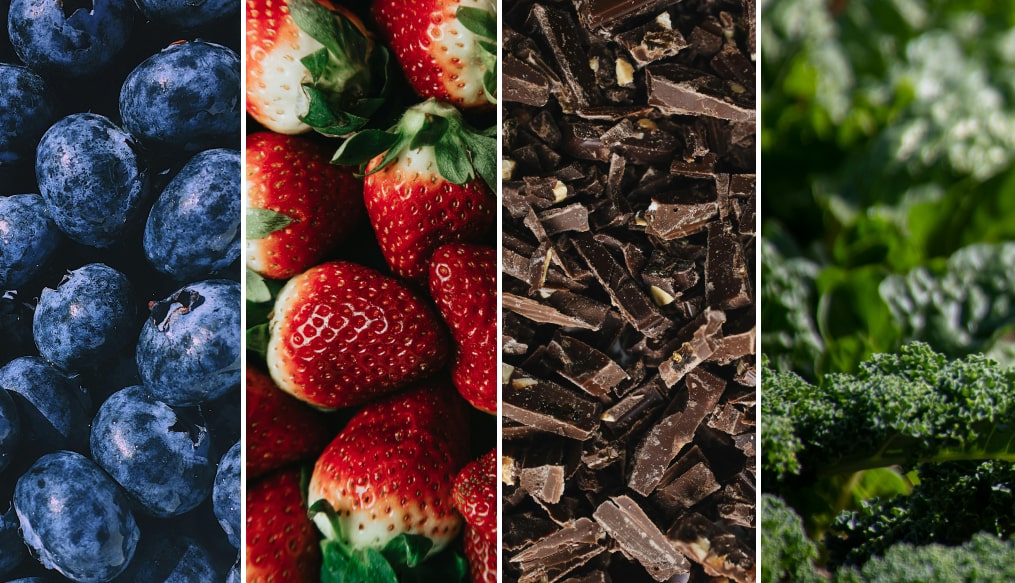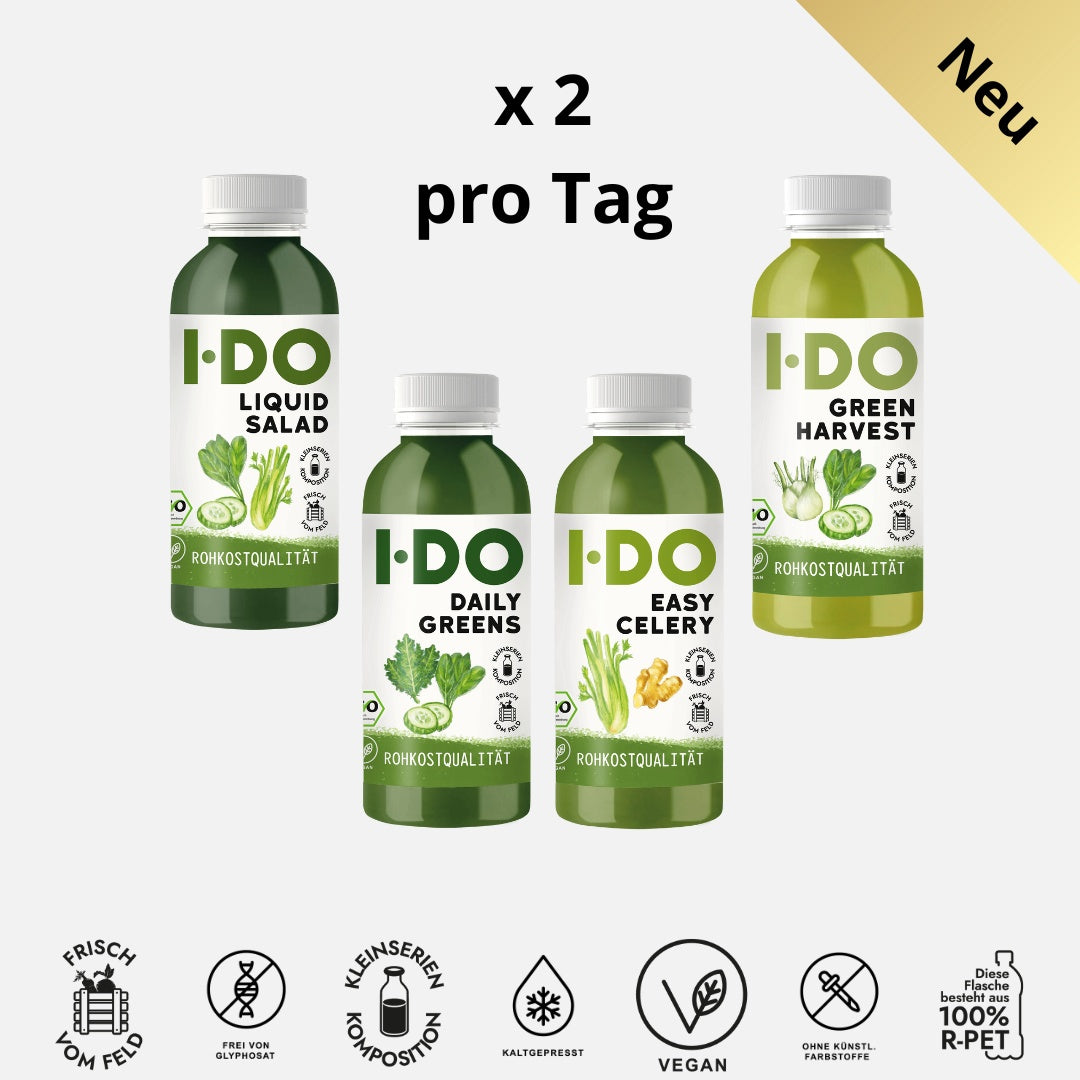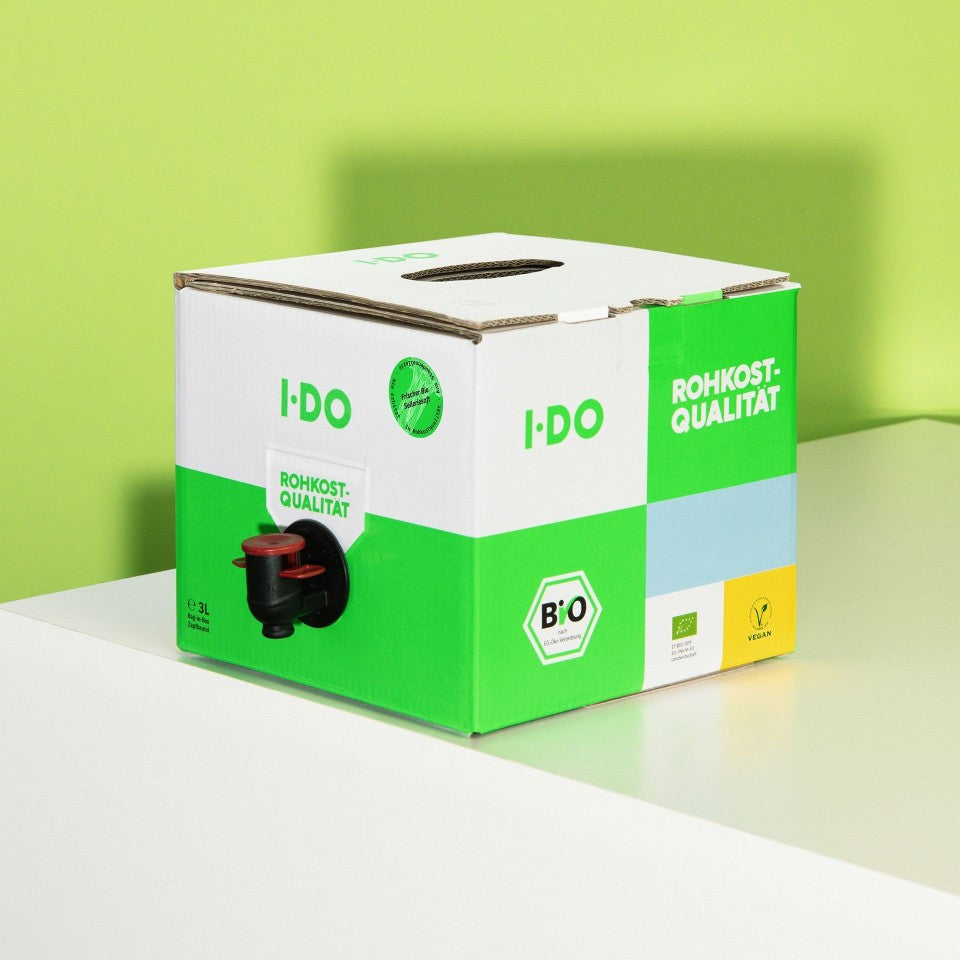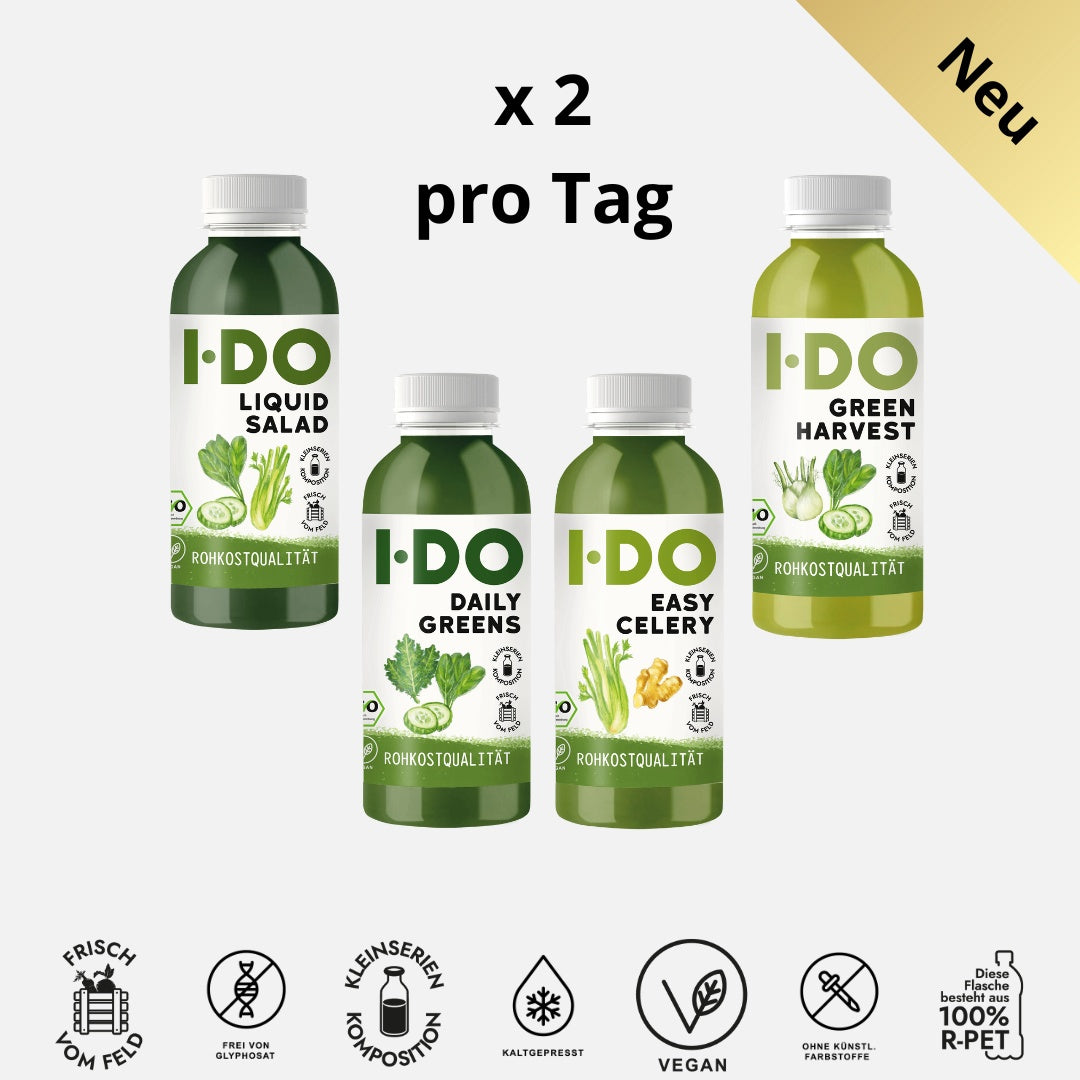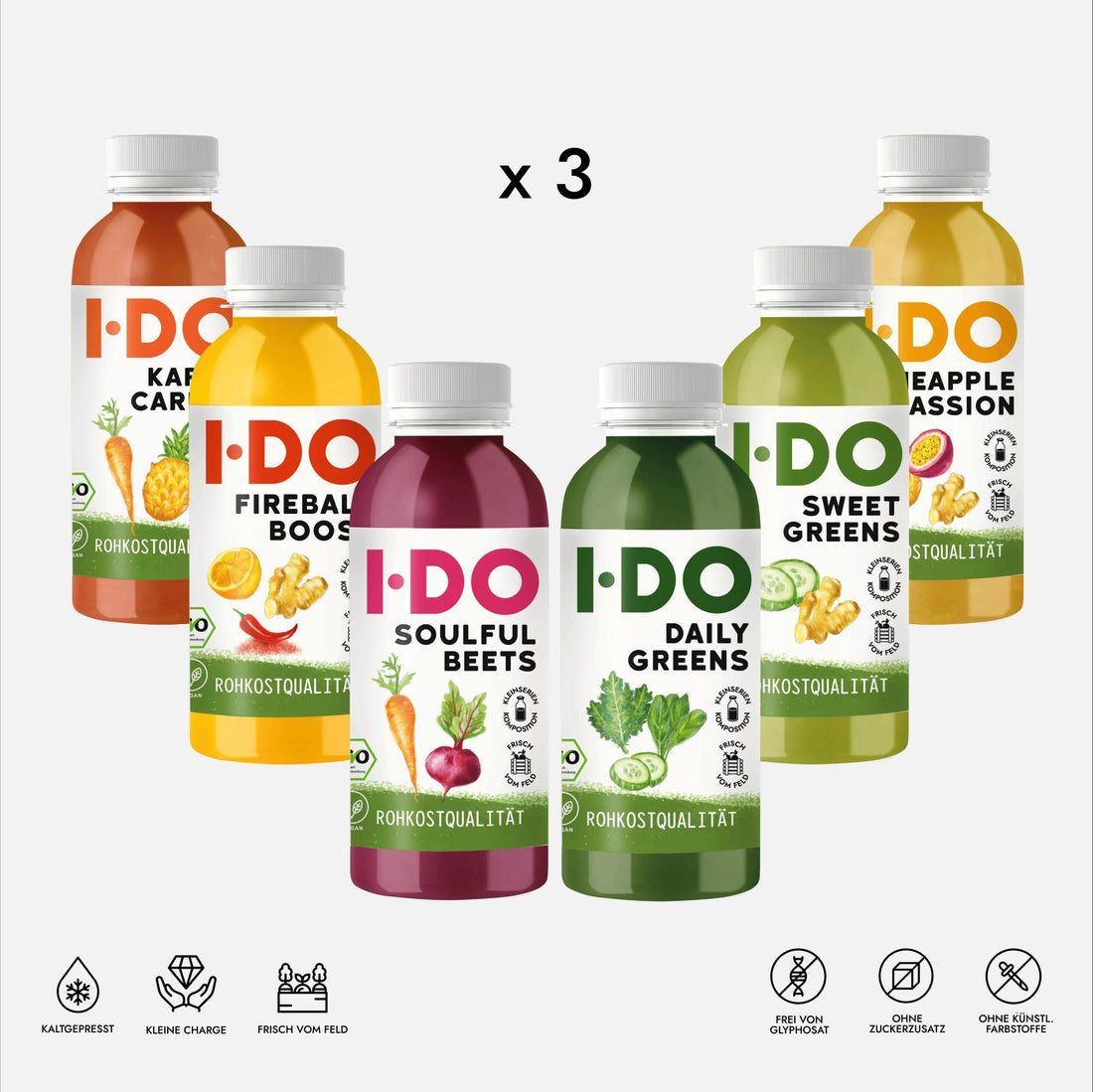Discover the benefits of regenerative agriculture and its transformative impact on our food system. Find out why choosing regenerative foods is critical for a sustainable future.
Regenerative Agriculture: The Path to a Sustainable Future
How do regenerative practices differ from conventional agriculture?
Regenerative agriculture is a holistic approach that aims to restore soil fertility, promote biodiversity and mitigate the negative impacts of conventional practices. Unlike conventional agriculture, which relies on synthetic fertilizers, pesticides and monocultures, regenerative agriculture creates a balanced, self-sustaining ecosystem.
Core principles of regenerative agriculture:
- Minimum tillage: Use of reduced or no tillage.
- Continuous soil cover: use of cover crops, mulch and perennial plants.
- Diverse crop rotations: promoting biodiversity through mixed cropping.
- Integration of animal husbandry: creation of a closed cycle of animal and plant production.
- Natural inputs: use of compost, manure and biological pest control methods.
These principles increase soil fertility, sequester carbon, improve water retention and promote beneficial soil organisms.
What benefits do regenerative foods offer for the planet?
The transition to regenerative agriculture has the potential to fundamentally change the way we produce and consume food. Farmers and ranchers who use sustainable practices make a positive contribution to the environment and the health of the planet.
Main benefits of regenerative agriculture:
- Improved soil fertility: Practices such as intercropping increase organic matter content and productivity.
- Promoting biodiversity: Diverse crop rotations support a balanced ecosystem.
- Reduction of greenhouse gas emissions: Carbon is stored in the soil, which counteracts climate change.
- Improved water quality: By avoiding synthetic substances, water resources are protected.
- Resilience to extreme weather conditions: Healthy soils can better withstand droughts, floods and other stresses.
These benefits not only promote the sustainability of the food system but also the health of our planet.
Why should consumers choose regenerative foods?
As awareness of the environmental impact of food choices increases, demand for regenerative products is growing. By supporting regenerative agriculture, consumers are actively contributing to a more sustainable future.
Reasons for regenerative foods:
- More nutritious and flavorful: Higher nutrient density and more intense flavor.
- Promoting local economies: Supporting local farmers strengthens regional food cycles.
- Improved animal welfare: Integration of farm animals is carried out in a species-appropriate and natural manner.
- Environmental protection: reducing soil degradation and protecting biodiversity.
- Soil health for future generations: long-term investment in fertile soils.
The Secrets of Regenerative Agriculture: Nutrition for Body and Planet
What role does soil health play in nutrient quality?
Soil health is the basis for a functioning food system. Soils rich in organic matter produce nutrient-rich food.
- Healthy soils promote better nutrient uptake by plants.
- Practices such as intercropping and minimal intervention increase organic matter content.
- A diverse soil microbiome contributes to nutrient cycling and improves crop quality.
How do regenerative practices promote biodiversity?
Regenerative agriculture restores the balance of ecosystems.
- Diverse crop rotations create habitats for insects, birds and other animals.
- Avoiding synthetic pesticides supports the natural ecosystem.
- Integration of livestock increases soil structure and biodiversity.
- Protecting natural landscape elements promotes habitats for wildlife.
How do regenerative foods promote health?
Regeneratively produced foods promote both physical health and the microbiome.
- Higher nutrient density supports the immune system.
- Avoiding chemical substances reduces pollution.
- Positive effects on intestinal health through diverse microbes.
I·DO and regenerative values
I DO sources raw materials from regenerative farms that use sustainable practices.
- Sourcing: intercropping, no tillage and holistic methods.
- Education: Promoting awareness of regenerative agriculture.
- Impact: Consumers support sustainable and regenerative values with every purchase.





